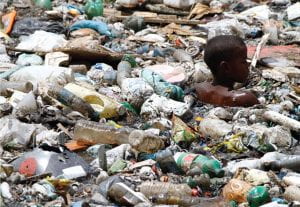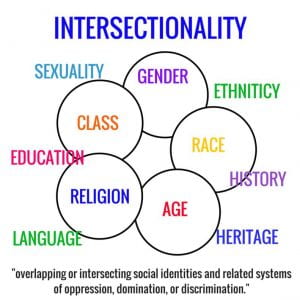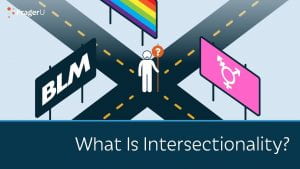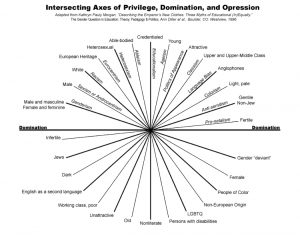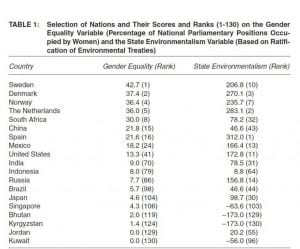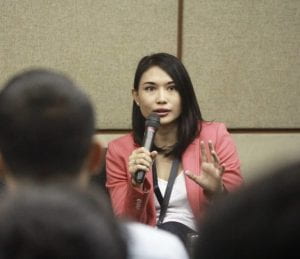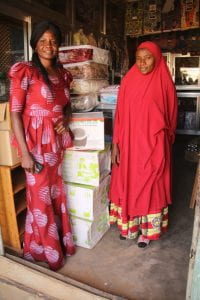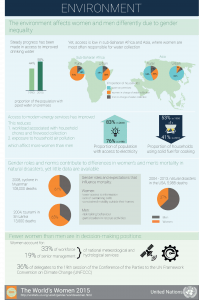Praxis it to practice, as distinguished from theory. Throughout the entirety of this course we have discussed many ways in which ecofeminism applies to many aspects of life and not just in the traditional way you think like climate change or vegan/vegetarianism. Activism is a huge part to creating change in society. I have learned a great deal about this course that I have not learned from any previous WGS course. There were many topics in this course that were important to me. The most important issue addressed in my eyes was the ecofeminist take on abortion. I have always tried to be an advocate for reproductive rights, including many things besides abortion rights. However my focus was always on the United States because it is where I am from and I can see the many flaws within the system. After looking at the worldometer and my own in depth research of reproductive rights issue on sustainability I decided to focus on a plan surround abortion rights and the environment.
I have decided to donate to the ” International Women’s Health Coalition” . here is there Vision/ Mission Statement:
“A just and sustainable* world where all people, regardless of gender, enjoy their human rights and health, and have power over their lives.
*A world that balances economic, environmental, and social dimensions to ensure every person is able to enjoy their human rights and dignity equitably without compromising quality and availability of finite resources in the future.”
Since 1984 they have been fighting politically to make the lives of women and young girls have a sustainable life globally. It is important to understand that the oppression of women have much greater effects than people realize. My plan is not solely to donate I am registering to join their “Leadership Council” which is in New York City. It is a volunteer program where you dedicate your time to helping with fundraiser or diving into foreign policy and global health. Along with signing up I thought it would be a great idea to advocate for the rights of others globally so I will post about the coalition on my twitter. I hope to open others eyes about the global reproductive issues women face.
Attached here is the link to the website: https://iwhc.org/

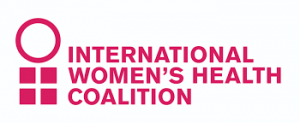
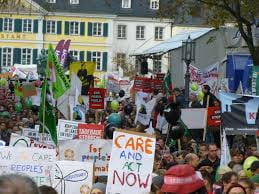
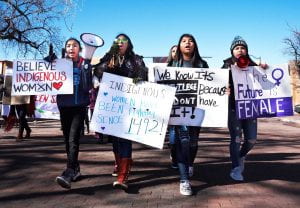 At the Standing Rock, Native American women
At the Standing Rock, Native American women